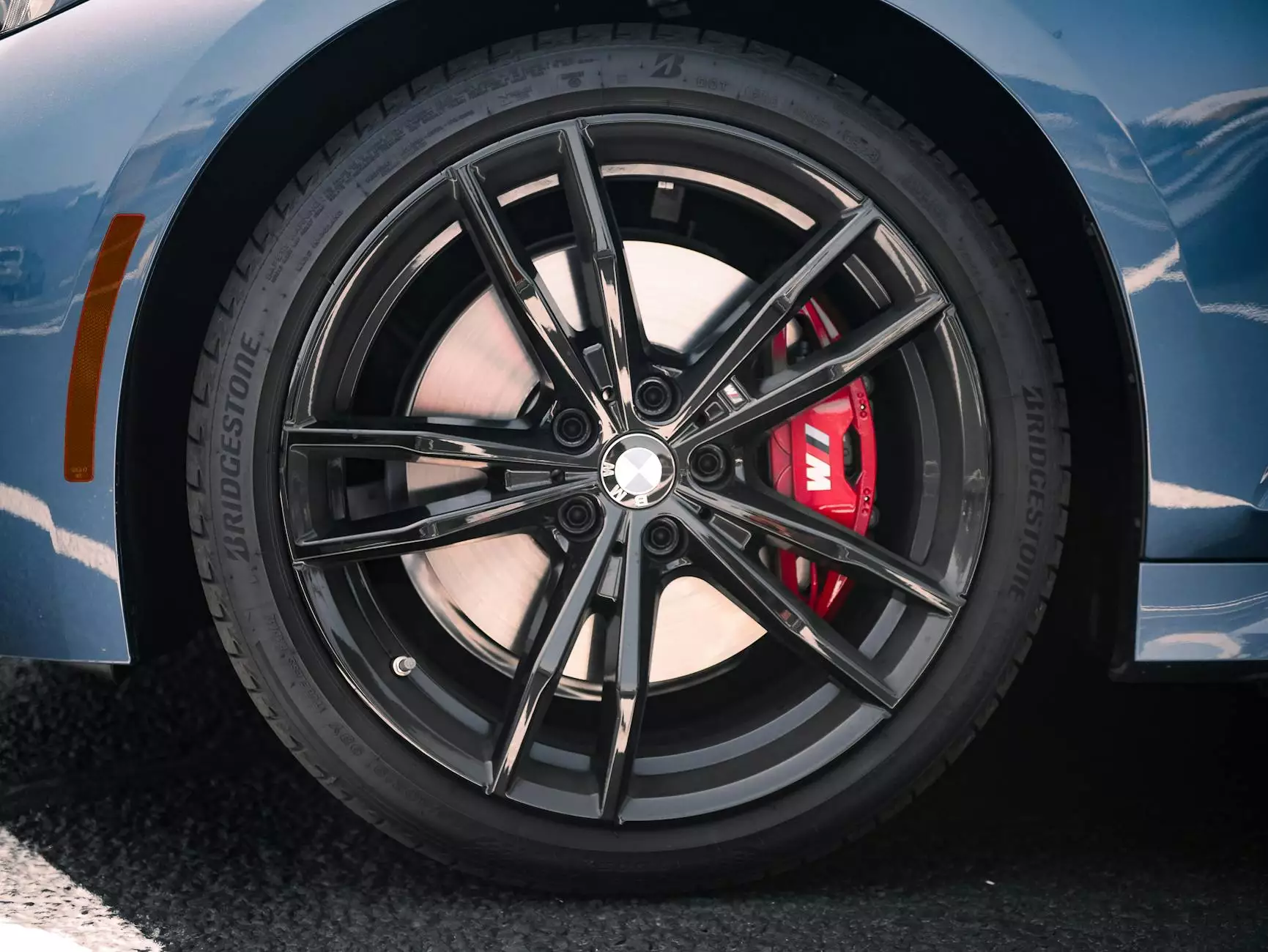Understanding the Auto Torque Converter: The Key to Smooth Driving

The auto torque converter is often an unsung hero in the world of automotive engineering, playing a crucial role in the functioning of automatic transmissions. Without it, vehicles would not deliver the smooth acceleration and performance that drivers expect. In this comprehensive guide, we will explore the significance of the auto torque converter, its mechanics, types, and maintenance practices that ensure your vehicle runs smoothly.
What is an Auto Torque Converter?
A torque converter is a type of fluid coupling situated between the engine and the transmission of an automatic vehicle. Its primary function is to transfer engine power to the transmission while allowing the vehicle to come to a stop without stalling the engine. This mechanism allows smooth transitions and gear shifts, contributing to a more comfortable driving experience.
How Does an Auto Torque Converter Work?
The operation of an auto torque converter can be broken down into several key components and processes:
1. Components of a Torque Converter
- Impeller: Also known as the turbine pump, it is connected to the engine and spins with it.
- Turbine: This component is responsible for transferring the power from the torque converter to the transmission.
- Stator: Positioned between the impeller and the turbine, the stator helps redirect the fluid flow back to the impeller to increase efficiency.
- Fluid: The transmission fluid is the lifeblood of the torque converter, providing necessary lubrication and facilitating power transfer.
2. The Power Transfer Process
When the engine runs, the impeller spins, creating a vortex of transmission fluid that drives the turbine. The fluid then flows through the stator, which modifies its direction to enhance the torque supplied to the turbine. This cycle allows the vehicle to accelerate smoothly without the need for a manual clutch, which is particularly beneficial in stop-and-go traffic conditions.
Types of Auto Torque Converters
There are several types of auto torque converters, each designed to suit different vehicles and driving needs:
1. Standard Torque Converter
The standard torque converter is the most common type found in traditional automatic vehicles. It efficiently handles regular driving conditions.
2. Lock-up Torque Converter
This type of converter locks the turbine to the engine at higher speeds, creating a direct drive that enhances fuel efficiency and reduces slip, thus offering improved performance on highways.
3. Multi-stage Torque Converter
Found in high-performance vehicles, multi-stage converters maximize torque multiplication at lower speeds, optimizing power delivery and handling at various driving conditions.
The Importance of an Auto Torque Converter in Automotive Performance
The auto torque converter is pivotal for a host of reasons:
1. Smooth Transmission of Power
By allowing for seamless acceleration and deceleration without the need for direct driver intervention, torque converters enhance the overall driving experience, making them indispensable in automatic vehicles.
2. Enhanced Fuel Efficiency
Especially with lock-up torque converters, the ability to reduce engine load at cruising speeds translates into significant fuel savings over time.
3. Increased Torque at Low Speeds
The torque multiplication principle inherent in the design allows vehicles to handle low-speed acceleration effectively, which is particularly useful for towing and heavy vehicle operation.
Maintenance Tips for Your Auto Torque Converter
To ensure the longevity and reliability of your auto torque converter, proper maintenance practices are essential. Here are some tips to keep your vehicle's performance at its peak:
1. Regular Fluid Checks
Inspect the transmission fluid levels and condition frequently. Low fluid levels can lead to overheating and damage to the torque converter.
2. Change Fluid Regularly
Follow the manufacturer’s recommendations for fluid changes. Clean, high-quality transmission fluid helps maintain optimal operation.
3. Avoid Overheating
Ensure that your vehicle’s cooling system is functional, as overheating can harm the torque converter and lead to severe transmission issues.
4. Listen for Unusual Noises
If you notice grinding or whining sounds while driving, it may indicate an issue with the torque converter. Early diagnosis can prevent further damage.
Common Signs of Torque Converter Issues
Being aware of the symptoms of a malfunctioning auto torque converter can prevent costly repairs down the line. Look out for:
1. Slipping Transmission
If your vehicle feels like it is slipping in and out of gear, it could be a sign of torque converter problems.
2. Overheating
A rise in the temperature gauge can indicate that the torque converter is not functioning efficiently.
3. Stalling
Experiencing stalls while driving, especially during low speeds, can signify issues within the torque converter.
Upgrading Your Torque Converter
For performance-driven enthusiasts, upgrading the auto torque converter can provide significant advancements in capability:
1. Choosing the Right Converter
When upgrading, select a converter that matches your vehicle and performance goals. Research and compare the specifications to find the best fit for your needs.
2. Professional Installation
Given the complexities associated with torque converter installation, hiring a professional mechanic can not only save time but also ensure proper functionality.
Conclusion
The auto torque converter is a critical component that greatly influences the performance and efficiency of automatic vehicles. Understanding its functionality and maintaining it properly can lead to improved driving experiences and lower maintenance costs. At Shenghai Auto Parts, we specialize in automotive parts and supplies, ensuring you have access to high-quality components, including torque converters, to keep your vehicle in prime condition.
By prioritizing the maintenance and knowledge of your auto torque converter, you contribute to the longevity of your vehicle and enhance your overall driving satisfaction. Stay informed, stay proactive, and enjoy the ride!









